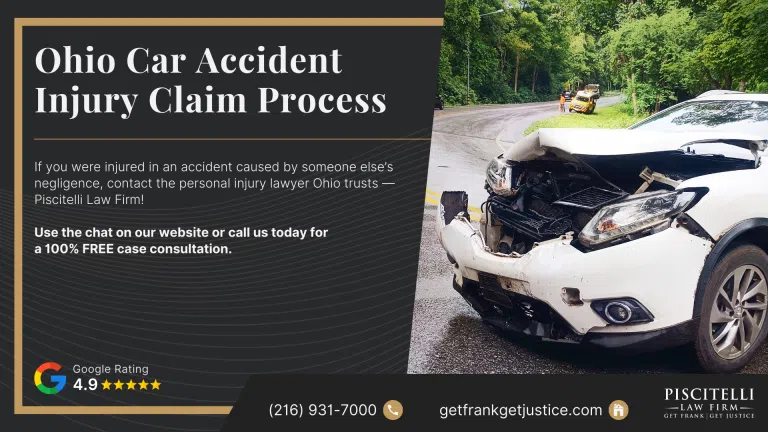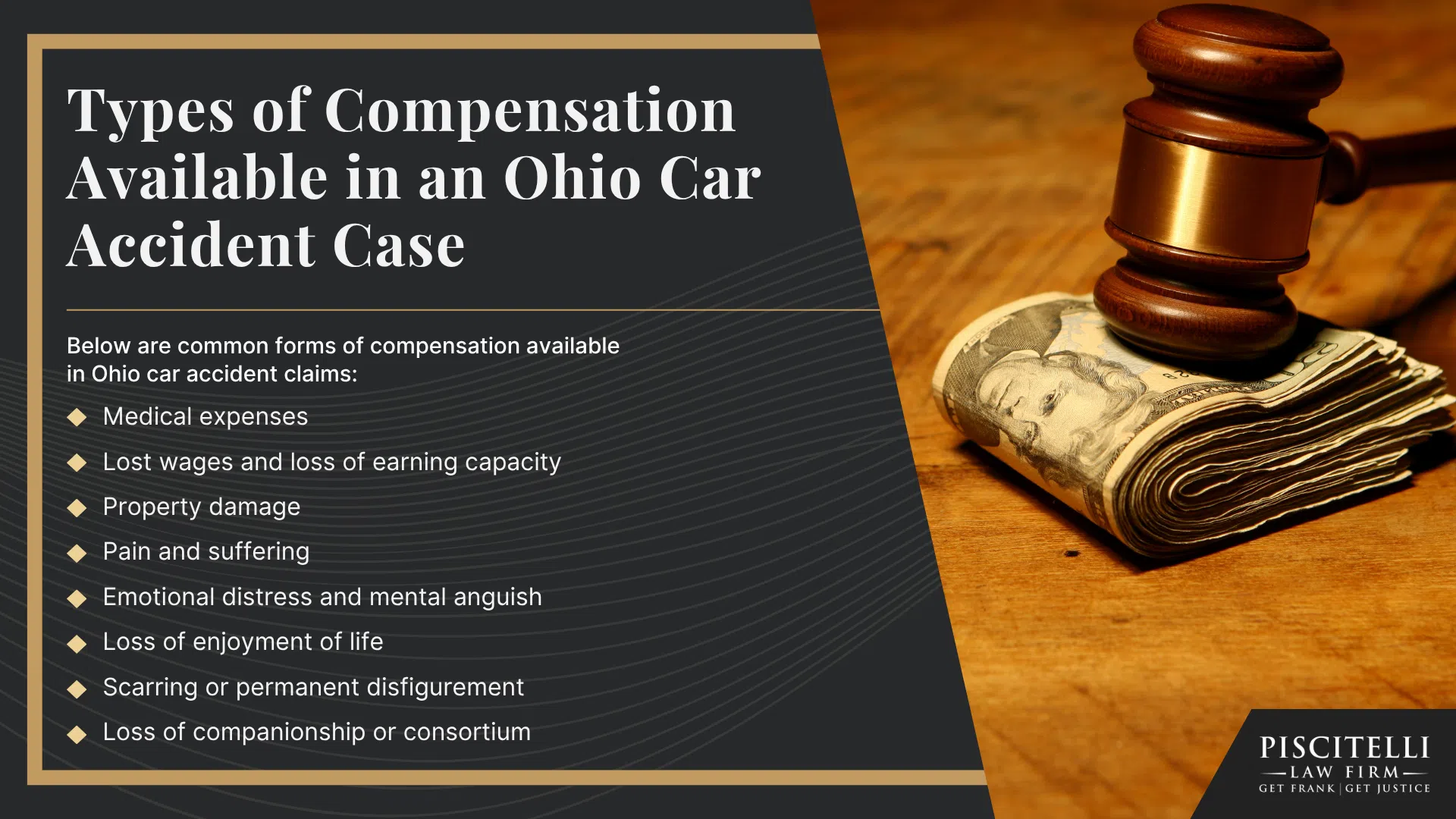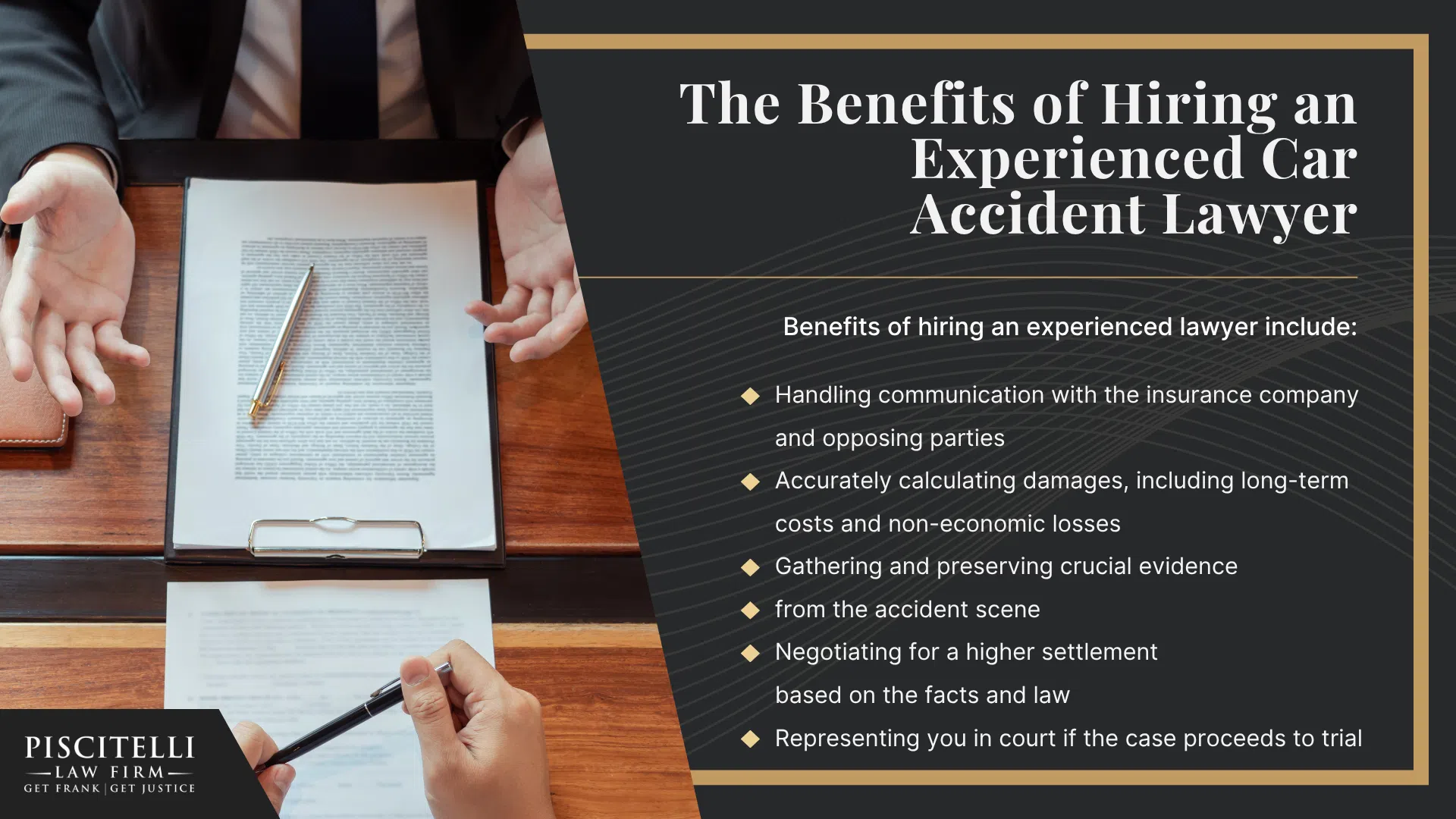When you’ve been injured in a car accident in Ohio, the legal process of recovering compensation can feel overwhelming, especially as you deal with medical bills, lost wages, and the pain of your injuries.
Whether you were hit by a reckless driver or hurt in a multi-vehicle crash, understanding the legal steps ahead is critical to protecting your rights.
Ohio is a fault-based state, which means the person or party who caused the accident can be held responsible for your damages.
If the other party’s negligence led to your injuries, you may be eligible to pursue a personal injury lawsuit or a claim through their car insurance policy.
You may also need to engage with your own insurance company, especially if the at-fault driver is underinsured or disputes liability.
The process starts with evidence.
Immediately after the injury occurred, gathering proof such as police reports, medical records, photos of the vehicles involved, and witness statements is essential.
These materials help demonstrate who was at fault, how the crash happened, and the extent of the damages.
A personal injury lawyer plays a central role during this stage, coordinating with car insurance adjusters, preserving your claim’s value, and avoiding costly mistakes, such as giving a recorded statement too soon.
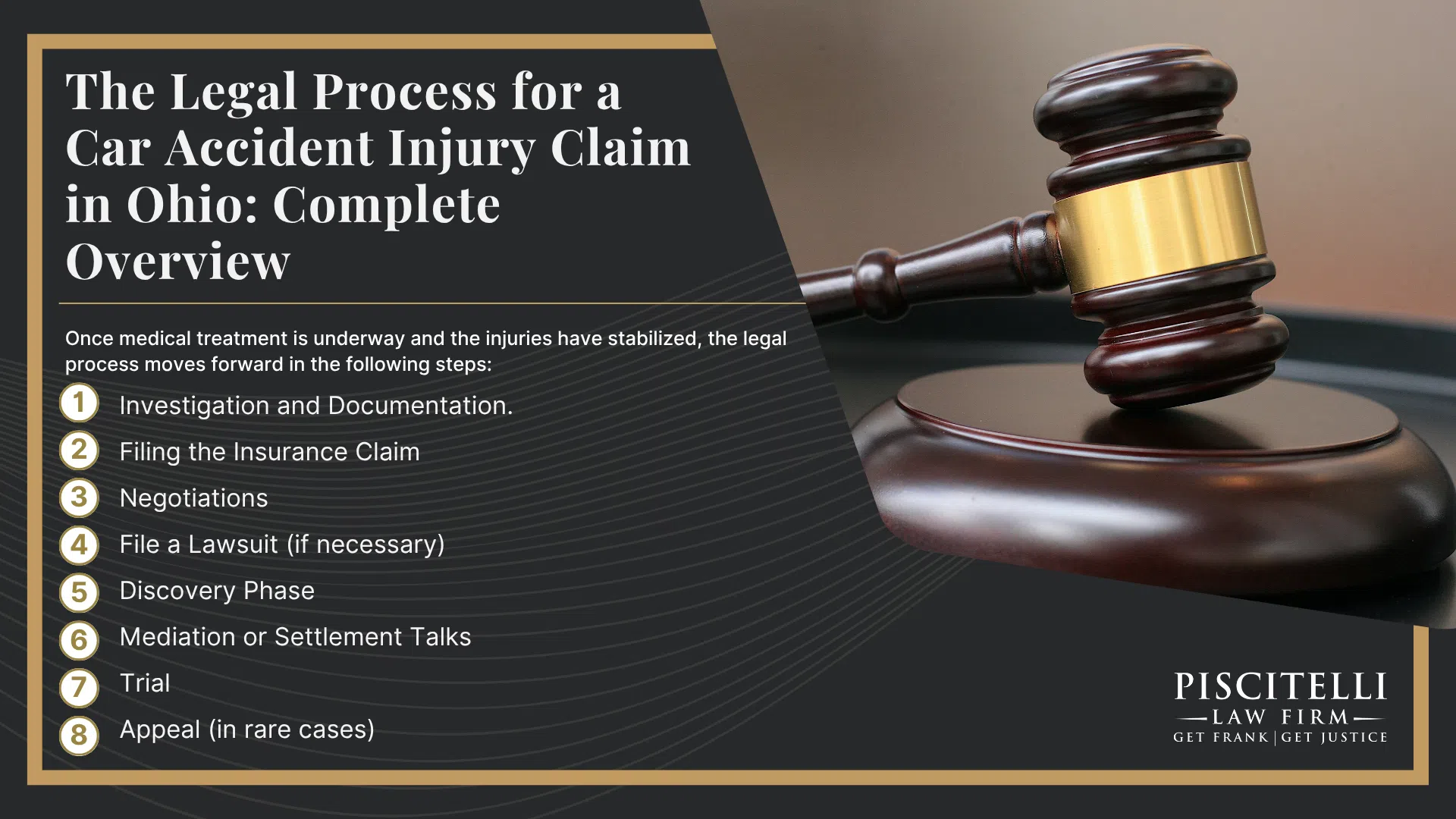
Once medical treatment is underway and the injuries have stabilized, the legal process moves forward in the following steps:
- Investigation and Documentation: Your lawyer will collect medical bills, records, accident reports, and documentation of lost wages and other losses related to the crash.
- Filing the Insurance Claim: A demand letter is sent to the at-fault driver’s insurance company, outlining your injuries and damages, and requesting a fair settlement.
- Negotiations: Your attorney and the insurer negotiate based on state law, policy limits, and the strength of the evidence. Offers may go back and forth for weeks or even months.
- File a Lawsuit (if necessary): If the insurer refuses to offer fair compensation, your lawyer may file a lawsuit in civil court against the other party.
- Discovery Phase: Both sides exchange documents and evidence, take depositions, and may consult expert witnesses.
- Mediation or Settlement Talks: Many cases settle before trial. If not, a neutral third party may help resolve the dispute in mediation.
- Trial: If no agreement is reached, your case proceeds to trial, where a judge or jury issues a court order based on the presented facts.
- Appeal (in rare cases): If either side disputes the outcome, they may appeal the verdict under specific legal grounds.
Throughout this process, Ohio’s comparative negligence rule can impact your ability to recover compensation.
If you are found partially at fault, your total recovery is reduced in proportion to your share of blame.
However, you can still recover damages as long as you were less than 51% at fault for the crash.
This shared fault rule means thorough documentation and a strong legal strategy are essential.
Auto accidents vary in complexity, especially when multiple vehicles are involved or when catastrophic injuries raise the stakes.
A skilled personal injury lawyer understands how to handle insurance tactics, prove the extent of your losses related to the crash, and push for compensation that reflects your medical needs, lost wages, pain and suffering, and future care.
If your own insurance company refuses to cooperate or delays coverage, your attorney may be able to take further legal action to hold them accountable.
Ohio has a two-year statute of limitations for personal injury lawsuits involving auto accidents, so it’s important to act quickly.
The sooner you begin the legal process, the better your chances of preserving evidence, pursuing negotiations efficiently, and ultimately recovering the financial compensation you deserve.
Factors That Influence the Outcome of an Ohio Car Accident Lawsuit
Every traffic accident is different, and the outcome of a car accident lawsuit can vary depending on several factors.
Whether the other driver was clearly at fault, the extent of your property damage, or how quickly you sought medical care can all shape the direction and value of your claim.
Ohio’s legal system gives injury victims certain legal rights, but the strength of your case depends on how well those rights are documented, preserved, and asserted.
If you’re financing a vehicle through a car loan, for example, the value of your property damage claim may be impacted by whether your insurance policy includes gap coverage.
The presence or absence of liability insurance coverage (both your own and the other driver’s) can also make a difference in how much compensation you’re able to recover.
Documentation, timing, and evidence are critical, especially when car insurance adjusters begin evaluating your losses.
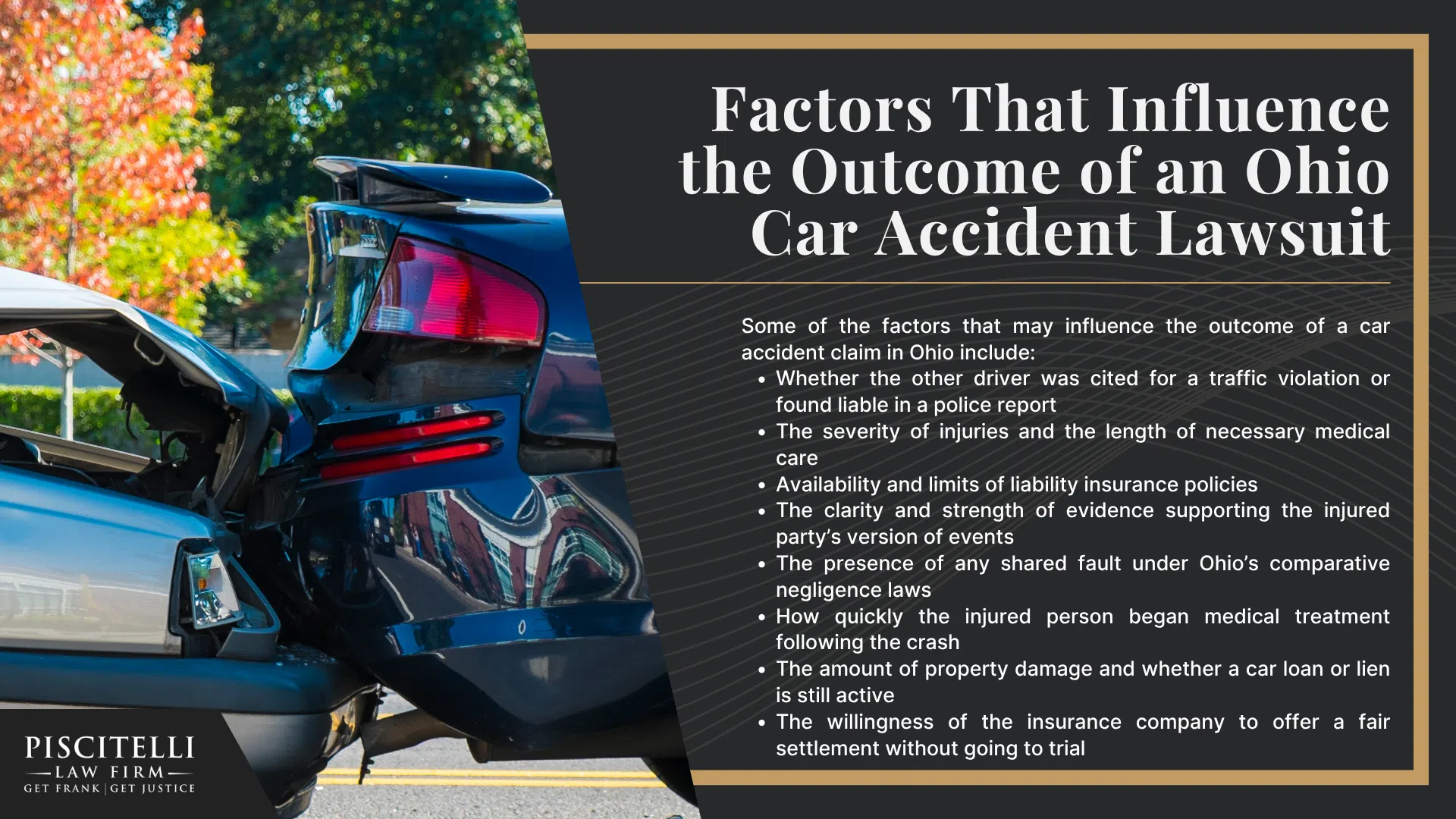
Some of the factors that may influence the outcome of a car accident claim in Ohio include:
- Whether the other driver was cited for a traffic violation or found liable in a police report
- The severity of injuries and the length of necessary medical care
- Availability and limits of liability insurance policies
- The clarity and strength of evidence supporting the injured party’s version of events
- The presence of any shared fault under Ohio’s comparative negligence laws
- How quickly the injured person began medical treatment following the crash
- The amount of property damage and whether a car loan or lien is still active
- The willingness of the insurance company to offer a fair settlement without going to trial
The more evidence you gather and the sooner you speak with a personal injury lawyer, the better positioned you’ll be to recover full compensation for your losses.
Working with an experienced attorney can help level the playing field against insurers and improve the chances of securing an outcome that reflects the true cost of your injuries and damages.
Common Mistakes After a Car Accident Injury to Avoid
After a car accident, the steps you take can greatly impact your ability to recover compensation.
Many injury victims unintentionally hurt their claims by making preventable mistakes in the days and weeks following the crash.
Failing to seek prompt medical attention, even for minor pain, can allow insurance companies to argue that your injuries aren’t serious.
Delaying action can also risk missing Ohio’s strict time limit (statute of limitations) for filing a personal injury claim.
Avoiding common missteps can preserve your right to pursue compensation for medical bills, lost wages, and replacement services.
Working with a lawyer early in the process can also prevent unnecessary legal fees down the road.

Common mistakes to avoid include:
- Not seeking medical attention immediately after the accident
- Talking to insurance adjusters without legal representation
- Accepting a quick settlement offer without knowing the full extent of injuries
- Missing the filing deadline set by Ohio’s statute of limitations
- Failing to document your injuries, expenses, and how the injury affects your daily life
- Not keeping track of replacement services needed due to the injury
- Underestimating the long-term financial impact of your injuries

